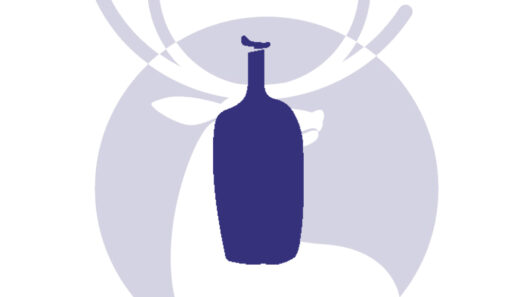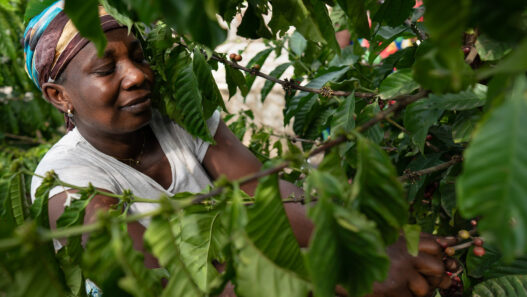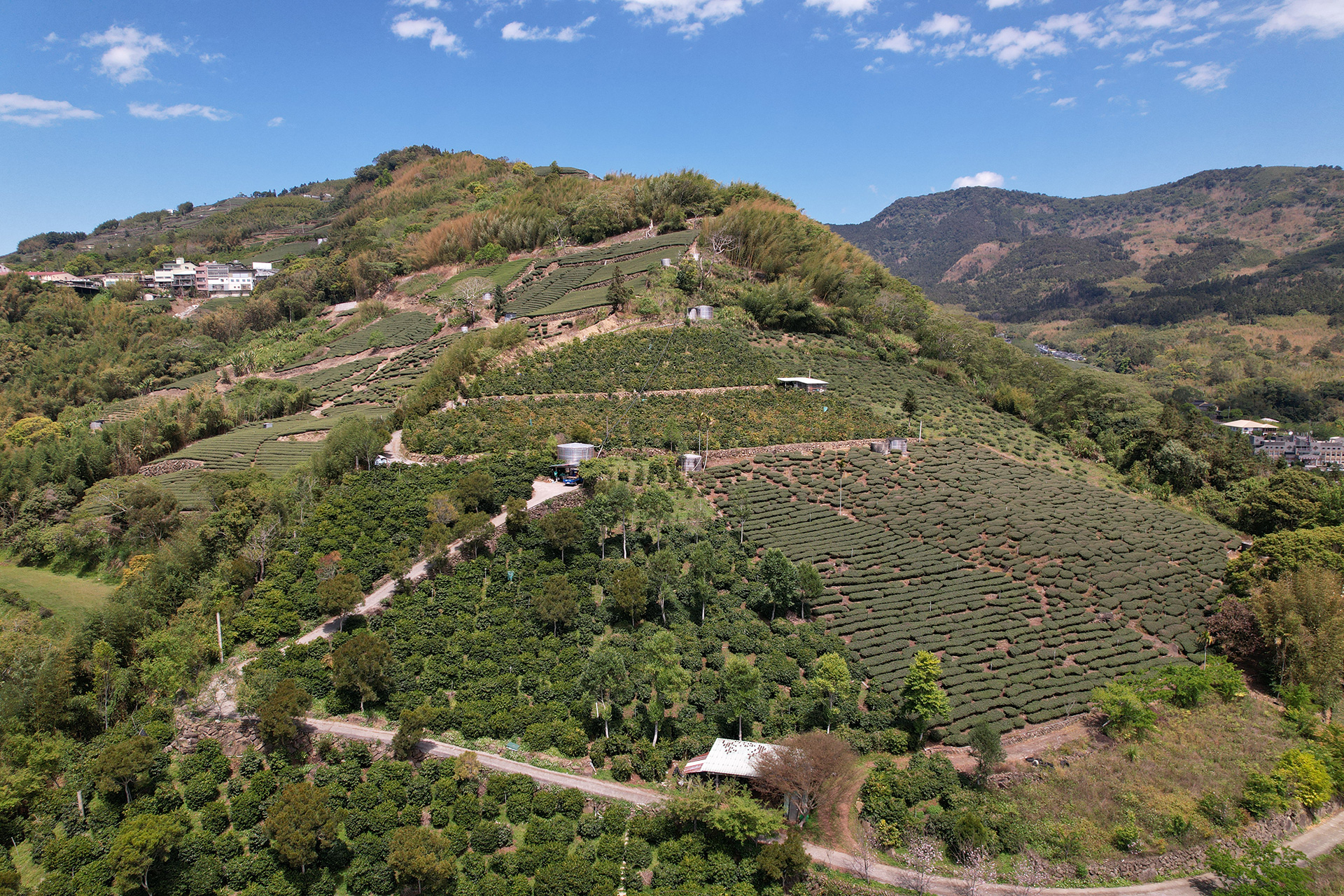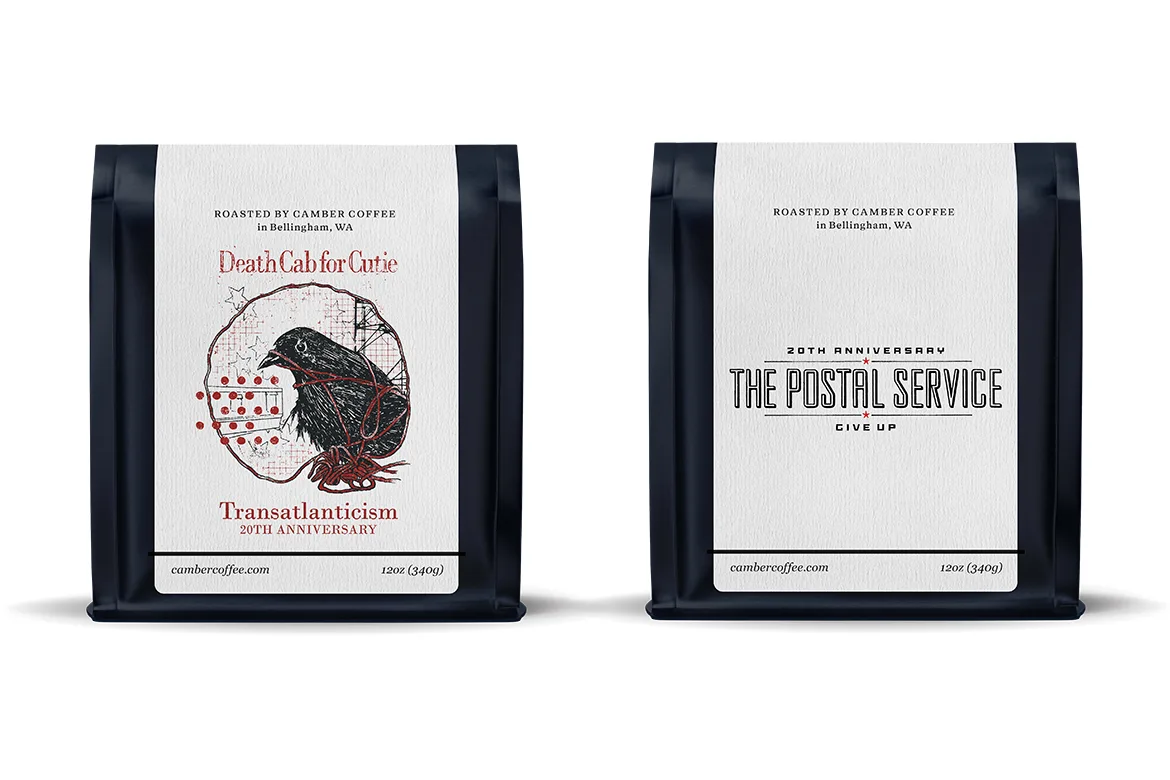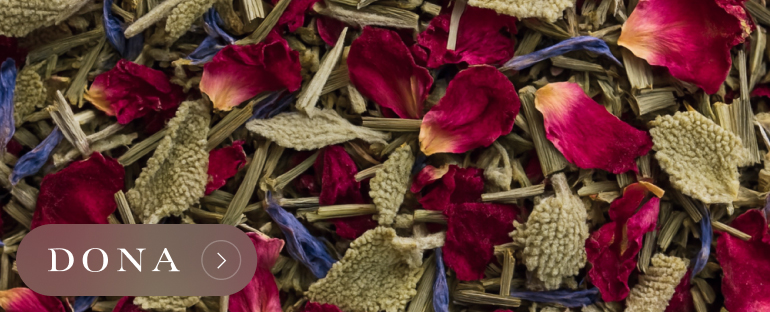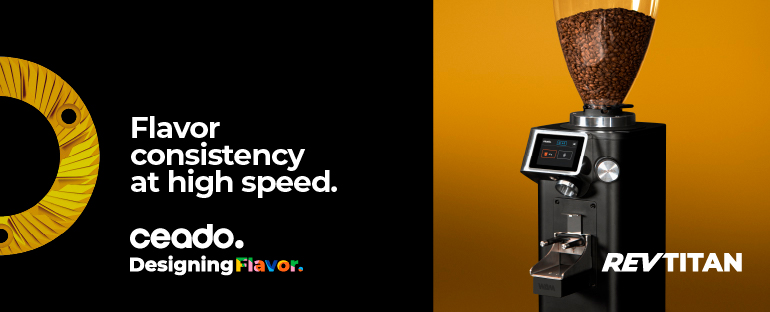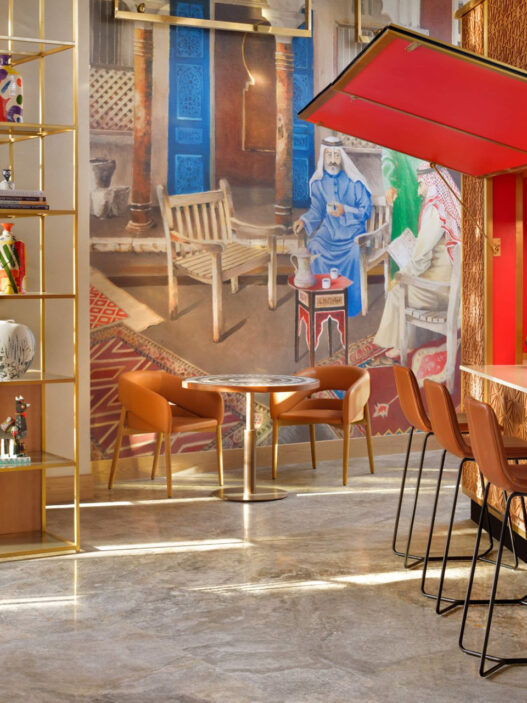If you ask someone what is famous about Taiwan, tea would be one of those words that first pops out, not coffee. In fact, most people don’t even know that there are coffee plantations in Taiwan. As a coffee enthusiast, I remember visiting a very famous cafe in Taipei named Fika Fika back in 2019, and I was in awe to see a 68-hour anaerobic fermentation coffee from Baisheng village, Nantou County, on the retail shelves. Before that, I had no idea that people grew coffee in Taiwan.
Coffee production in Taiwan is very limited due to the high labor cost and expensive land prices, and most coffee produced is consumed in-country. But low quantity does not equal low quality. Taiwan is already producing some of the highest-quality coffee in the world. Take a look at the Taiwan Private Collection Auction 2022, a green coffee competition and auction program hosted by the Alliance for Coffee Excellence. You will see that the top lots all scored 86.04 and above, with the winning coffee, a washed Gesha from Royal Bean Geisha Estate, receiving a score of 89.59 and selling for a whopping $183.50 per pound.
So it is no coincidence that the ACE is launching a full Cup of Excellence in Taiwan this year under the name of Best of Taiwan COE Pilot. “Over the past two years of working with Taiwan Coffee Laboratory for the Private Collection Auction program, we’ve consistently seen really high quality coffee come out of Taiwan,” says Alex Pond, COE Head Judge and Education Manager. “Taiwanese coffee is very well known in Taiwan and in the specialty coffee community in East Asia, but outside of that, I don’t think many people know how great and special Taiwanese coffee can be.”
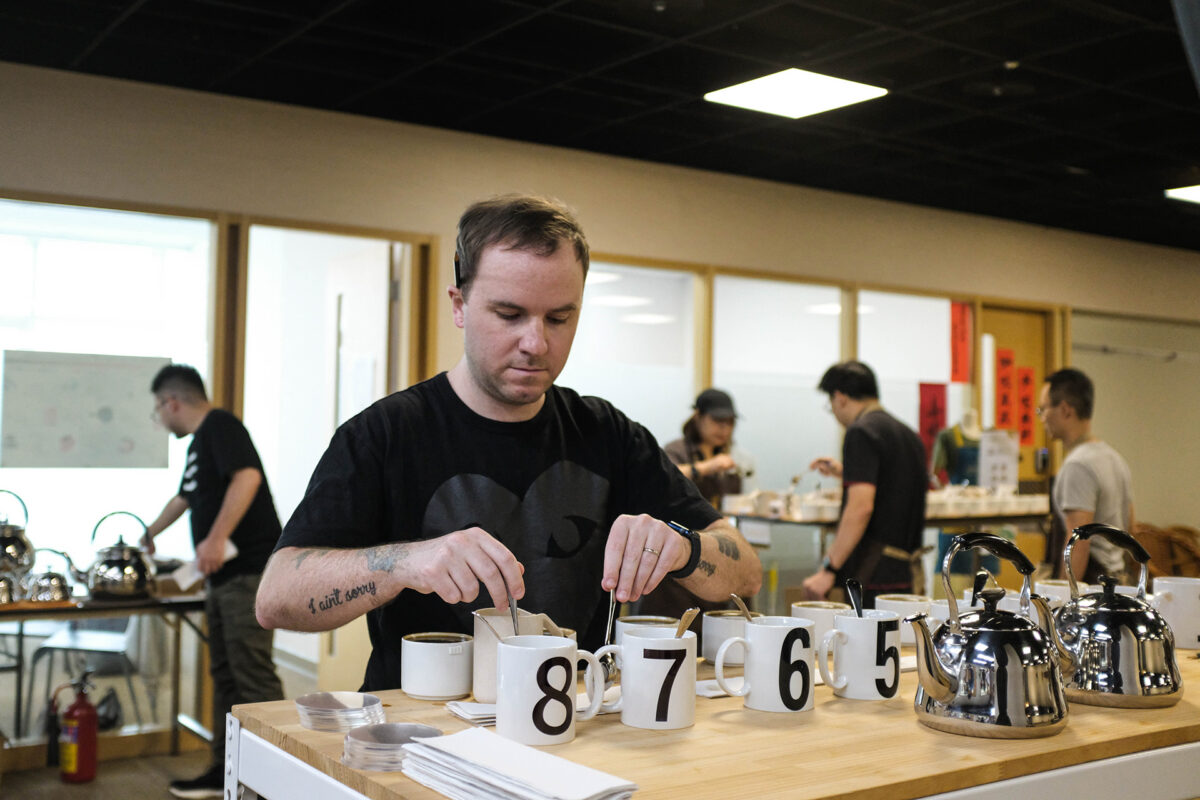
Following my interview with Mikael Jasin about the Indonesian coffee production industry, I wanted to take readers to another coffee-producing country in East Asia, to Taiwan. While researching the topic, I had a chance to talk to Krude Che-Hao Lin from Taiwan Coffee Laboratory, one of COE’s in-country partners for Taiwan PCA, and now, COE pilot. Lin is a Coffee Quality Institute’s Q Instructor, a Specialty Coffee Association Authorized Trainer, and he also takes on many roles in the Taiwanese coffee industry, including being a director for the Taiwan Coffee Association, Principal Investigator for Taiwan Coffee Laboratory, and Chairperson of Coffee Industrial Alliance of Taiwan. In simple terms, he is one of the masterminds behind the recent developments of the Taiwanese coffee industry and an expert when it comes to the country’s coffee production industry, its heritage, and future.
This interview has been edited and condensed for clarity.
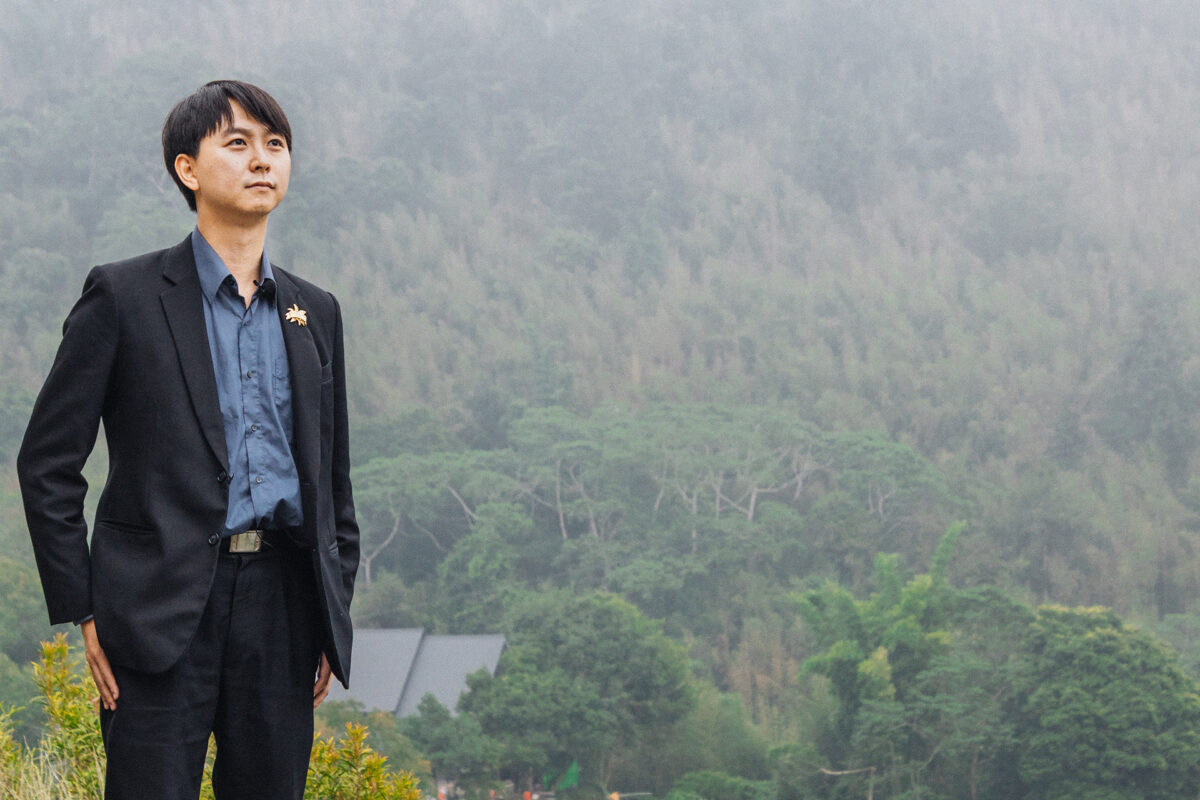
For those who don’t know, could you tell us about yourself?
I first started working in the coffee industry as a barista back in 2004, during the early days of the modern Taiwanese coffee industry. Our domestic coffee industry was still very small at that time, and most people didn’t know what specialty coffee was. In fact, it was the same situation worldwide, so we were quite fortunate to learn everything about specialty coffee at the same pace as the world.
In 2008, I opened my first business—it was not about coffee, but instead about high-quality marmalade made from fresh fruits sourced from Taiwanese farmers. The name of the company was Red on Tree, and the business still exists today, 15 years later. Red on Tree was a tremendous success because our marmalade was of outstanding quality. On the other hand, we highlighted the variety, processing, origin, and farmers behind each of our products, much like what the specialty coffee industry does with coffee nowadays. The success of Red on Tree led to numerous media attention and connections, which came in handy four years later when I founded Taiwan Coffee Laboratory.
In 2009, one of Red on Tree’s partner farmers, who primarily grew peaches, sent me some coffee samples out of the blue. Initially, I was skeptical about Taiwan as a coffee origin, but I decided to taste it and shared it with friends in the coffee industry without revealing its origin. To my surprise, everyone who tasted it agreed that it was pretty good, with flavor notes resembling peaches—something that I didn’t understand at the time because I did not believe coffee could taste like that. Word spread quickly, and afterwards, I received numerous phone calls from friends and others interested in trying out the coffee. This incident also led to an influx of people jumping into the coffee production industry. It was then that I started to learn about coffee because I saw business potential and started visiting producers who were growing coffee in Taiwan under the radar.
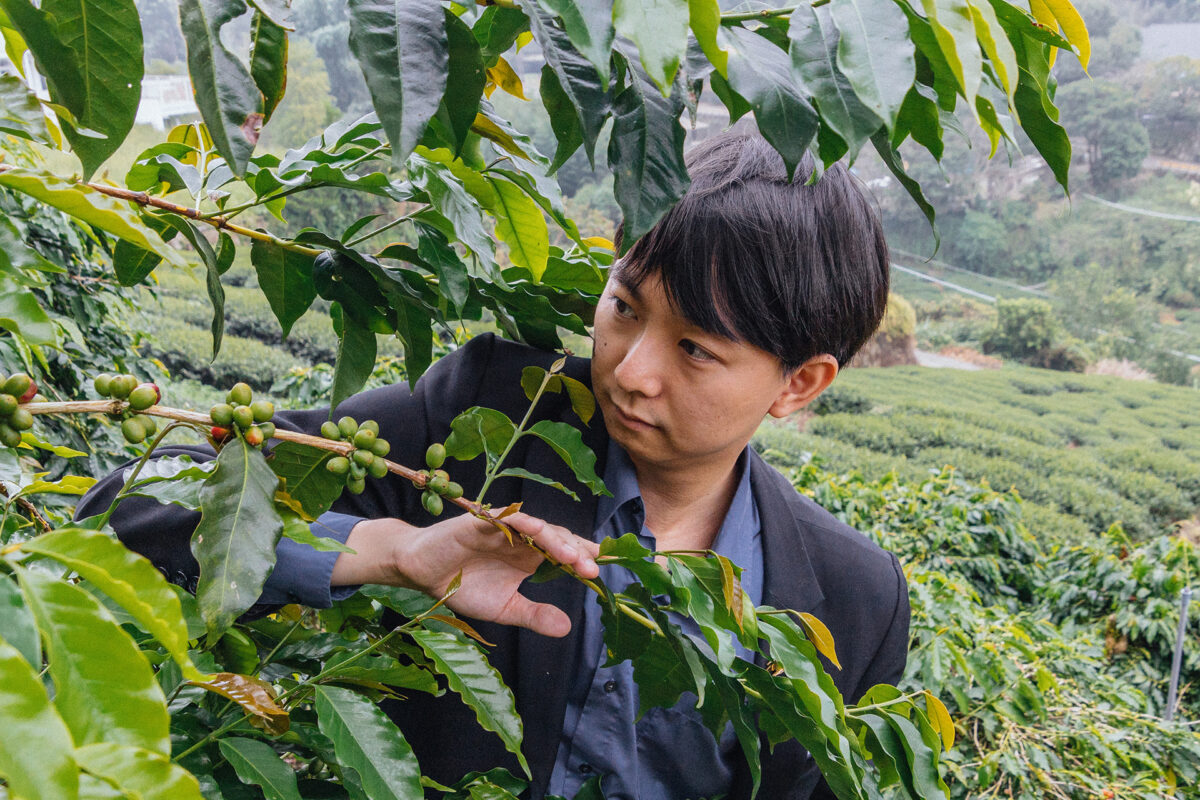
But it was not until 2012 that I founded Taiwan Coffee Laboratory, at the time as the coffee department of Red on Tree. With my reputation and connections in the agriculture industry received from Red on Tree, I, along with David Han, an author of various Taiwanese coffee books and a pioneer in the Taiwan coffee industry, convinced the Tainan County’s local government to organize an in-county competition for green coffee, in which we invited international Q-Graders to be judges. The top three winning coffees of that competition were sent to the Coffee Quality Institute (CQI) to be scored, and two of them received scores of 80 and 82, which I thought was good enough. The competition, which was named Tainan Coffee Evaluation, still remains today, providing opportunities for coffee producers to receive consultations and recommendations for their coffee while creating a connection between producers and coffee roasters. In the following years, other counties followed suit and hosted their own in-county competitions.
Providing coffee producers with feedback and knowledge had always been the main idea behind Taiwan Coffee Laboratory, and back in 2012, there was a knowledge gap regarding coffee in Taiwan at that time. I think there was no unbiased third-party information about coffee—they were all derived from green coffee importers, and sometimes this information was strange or misleading because what importers were trying to do was find ways to sell their green coffee. So Taiwan Coffee Laboratory wanted to fill in that information gap by being a venue for classes from SCA and CQI. We also provided consulting work for businesses and coffee producers. Around that time, I became a CQI Q-Grader and a Specialty Coffee Association of America and Specialty Coffee Association of Europe authorized trainer as well.
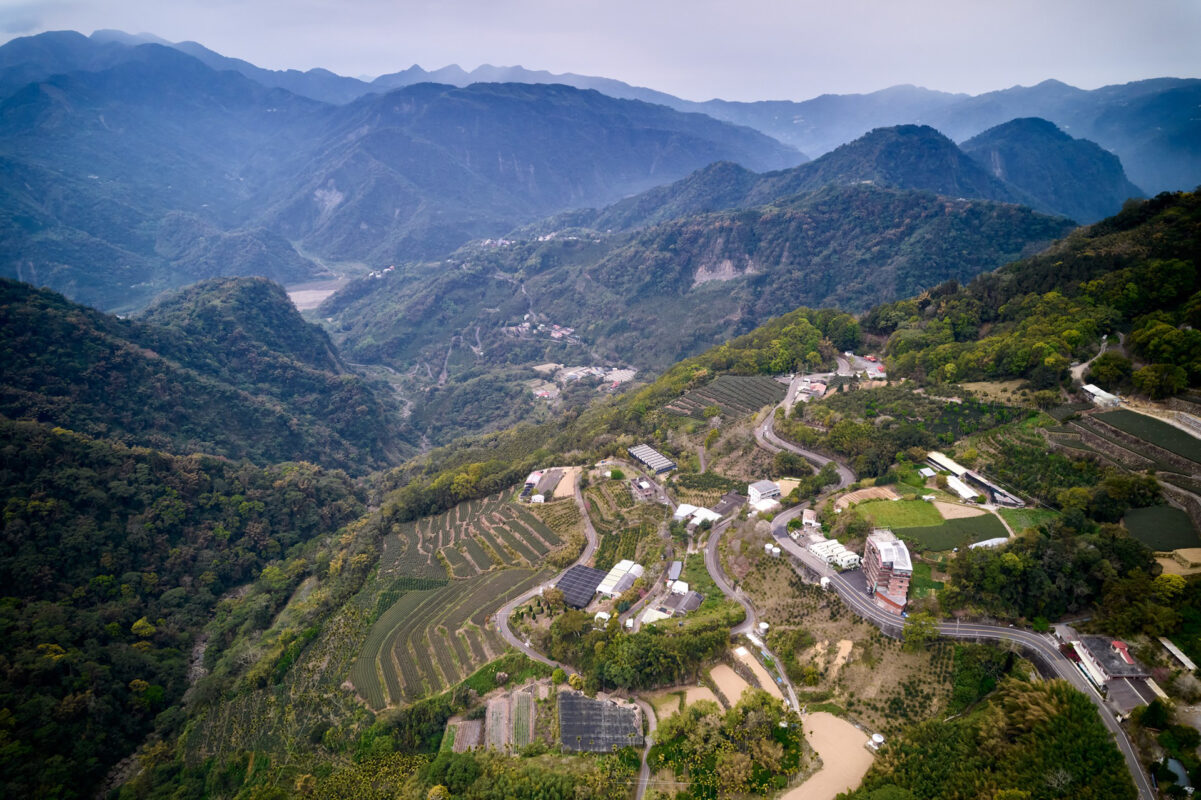
Could you tell me about the history of coffee production industry in Taiwan?
The history of coffee plantation in Taiwan dates back to the 19th century. It started in 1885 when a British company named Tait & Company Trading Company, one of the top five commodity trading companies in Taiwan at the time, carried out some experiments on planting coffee in northern Taiwan. However, these experiments were not successful. 10 years later, the Japanese took over Taiwan from the Qing Dynasty, and shortly after, they conducted extensive experiments on various tropical agricultural crops, including coffee, in Taiwan. These experiments were led by Hokkaido Empire University. Coffee, in particular, was planted in Puli town, Nantou County, in Central Taiwan. Unlike Tait & Company’s previous experiment, coffee, especially Arabica, was proven to thrive there.
Around the 1920s, private Japanese companies such as Key Coffee, a well-known Japanese company that still exists today, began planting coffee in different regions of Taiwan. Key Coffee even had a farm in Taitung County, located on the eastern coast of Taiwan. This period marked the peak of coffee cultivation in Taiwan, with over 1,000 hectares of coffee plantations owned by various Japanese companies, supplying coffee for the Japanese market. I consider this era to be the first wave of coffee production in Taiwan.
After World War II, Japan lost the war, and four years later, the Republic of China took over Taiwan. That period was an economically challenging time for Taiwan, and coffee was considered a luxury item that few could afford. As a result, the Taiwanese coffee production industry virtually disappeared.
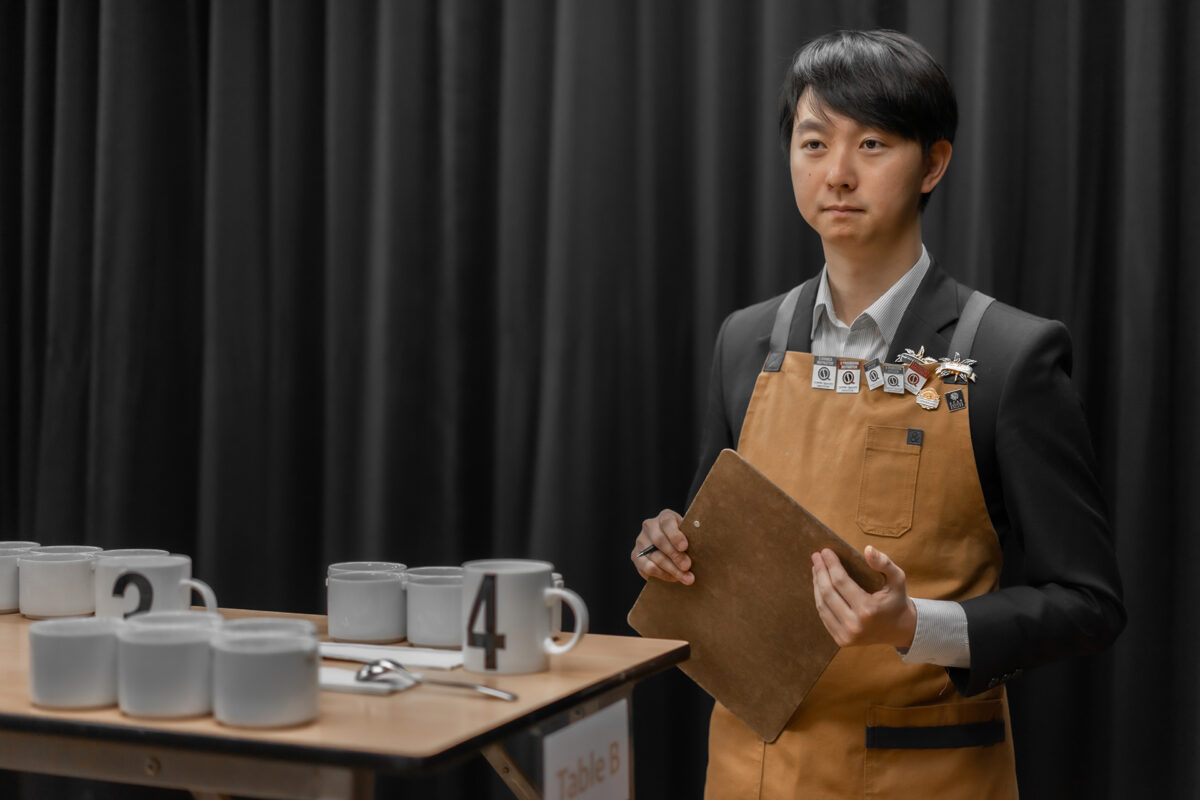
In the 1960s, the United States intervened and helped Taiwan replant some coffee with the intention of providing supply to the American market. However, Taiwan’s economic growth accelerated rapidly during that time, and agriculture was not the main priority of the government because other sectors were more profitable. Even until the 2000s, coffee production was not a focal point for the Taiwanese government. While our government did not prohibit coffee production, they also did not provide any policy support or subsidies.
However, in the last 20 years, the coffee production industry has gained significant momentum in Taiwan, driven by the rising domestic demand for coffee consumption. We currently have around 10,000 coffee shops in our small country, and we consume a significant amount of high-end specialty coffee from around the world. For example, we have been the biggest buyer of Panamanian coffee since 2015, and our buying power accounted for approximately one third of the annual total production from Panama. The growth in the consumption market has given rise to a wave of local coffee producers with the dream to compete in the high-end specialty coffee segment.
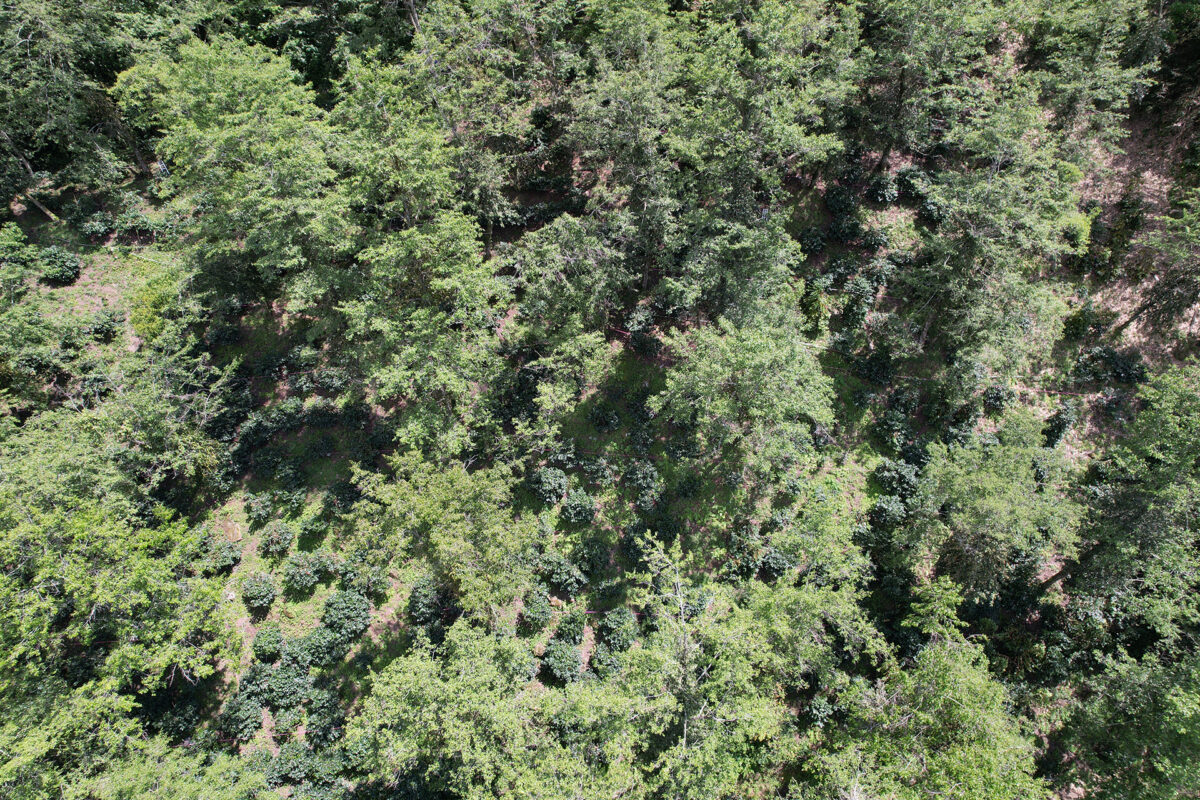
Could you tell me about the background of coffee producers in Taiwan?
The background of coffee producers in Taiwan is quite diverse. The majority of producers are what I call part-time farmers because coffee farming is not their bread and butter. Instead, they could be local policemen, blue-collar workers, or F&B specialists who maintain their coffee farms during weekends or holidays. Or they could be retirees.
On the other hand, there is a group of full-time coffee producers that comprises around the top 20% of Taiwanese coffee producers. I say top because they are usually very skilled farmers who dedicate their time and efforts to learning about everything coffee-related, and they invest heavily in their farms financially. They focus exclusively on coffee farming rather than other crops. And they are very good. I mean, these producers have a deep understanding of coffee. They know how to cup coffee and are updated with the latest trends in coffee farming. Interestingly, many of these full-time farmers do not have a family history of coffee farming, but they are rather first generation farmers who have entered the industry within the past five to fifteen years. Some of them can be considered pioneers in the field.
Unlike the situation in other countries, most coffee producers in Taiwan are financially stable, although not necessarily wealthy. Coffee farming is not a lucrative business where one can invest money and expect immediate returns, but it requires a long-term plan, lots of patience, and passion for coffee. Therefore, people who choose to become coffee producers in Taiwan do so because they have a genuine desire to produce high-quality coffee. I can safely say that coffee farmers in Taiwan all have dreams and aspirations for coffee farming, and they share a dream of contributing to the growth and reputation of the Taiwanese coffee industry.
If you look at the price, Taiwanese-grown coffee is considered expensive because coffee prices start at around $30 per kilo. There are reasons for these prices because $20-25 is paid to pickers and farm workers. Additionally, being a small island, land prices in Taiwan are very expensive, likely among the highest in the world, due to limited space and a dense population. So if our coffee price is already that expensive, we should rather make its quality match its price by focusing on producing only very high-quality coffee and trying to secure a market share in that sector. I think it is the direction we should pursue.
What are the main coffee growing areas?
Considering the big picture, we have four main coffee-growing areas, but what sets them apart is hard to determine.
I would say the most famous growing area is Alishan in Chiayi County (“Shan” means mountain in Mandarin Chinese), which was also a very famous tea origin. Alishan is situated at around 1,000–1,400 MASL, which I think is perfect for Arabica because planting coffee at higher elevations, like 1,400 meters or above, could expose the coffee trees to the risk of frost. Thus, while growing coffee at higher elevations might bring about superior quality coffee, it would be a risky and unpredictable business for producers. What makes Alishan famous lies in its high altitude and also quality labor—most of the coffee pickers there used to be tea laborers, and I think that picking tea leaves requires more attention than picking coffee cherries. So when the tea laborers shift to picking coffee, it was actually an easier job for them. People who own farms in Alishan are either locals whose families have been living there for generations or people who recently moved there because they believed it had the best conditions for growing coffee in Taiwan.
If Alishan were the Yirgacheffe of Taiwan, we also have areas like Guji and others. In Nantou County, there is coffee planted in Ren’ai, Xinyi, and Guoxing at altitudes around 1,200 meters.
To the east, there is Hualien County, known for its topographical diversity with mountains on one side and the ocean on the other. And to the south, there is Pingtung County with Dawu Shan, which is a new origin that is not yet famous but has the potential to become a noteworthy origin. These are the areas with high altitudes suitable for growing coffee. There are also people who grow coffee at lower altitudes, around 200-600 MASL. These elevations can still produce some good Arabica, but it is costly due to the increased risk of coffee berry disease and coffee berry borers.
What are the main coffee varieties?
We have lots of SL34. In the beginning, the Japanese chose to plant Typica in Taiwan, so people might assume that most of the coffee trees we have now are Typica. However, after genetic testing, we discovered that it was indeed SL34. You know, Typica and SL34 actually look very similar. I think most of the SL34 was brought from Taiwan by the Americans during the 1960s because it was the only way the variety could exist in Taiwan.
In the past five to eight years, Gesha has gained a lot of global reputation, so producers are rushing into the variety. However, since replanting takes time, people have been grafting Gesha shoots onto the original SL34 roots. Gesha is usually imported from Panama or Central America by agricultural scholars who had a chance to travel around the world during their early education. Although it is rare, some producers also have Catimor and Caturra. We also have a few producers who possess Ethiopia Heirloom.
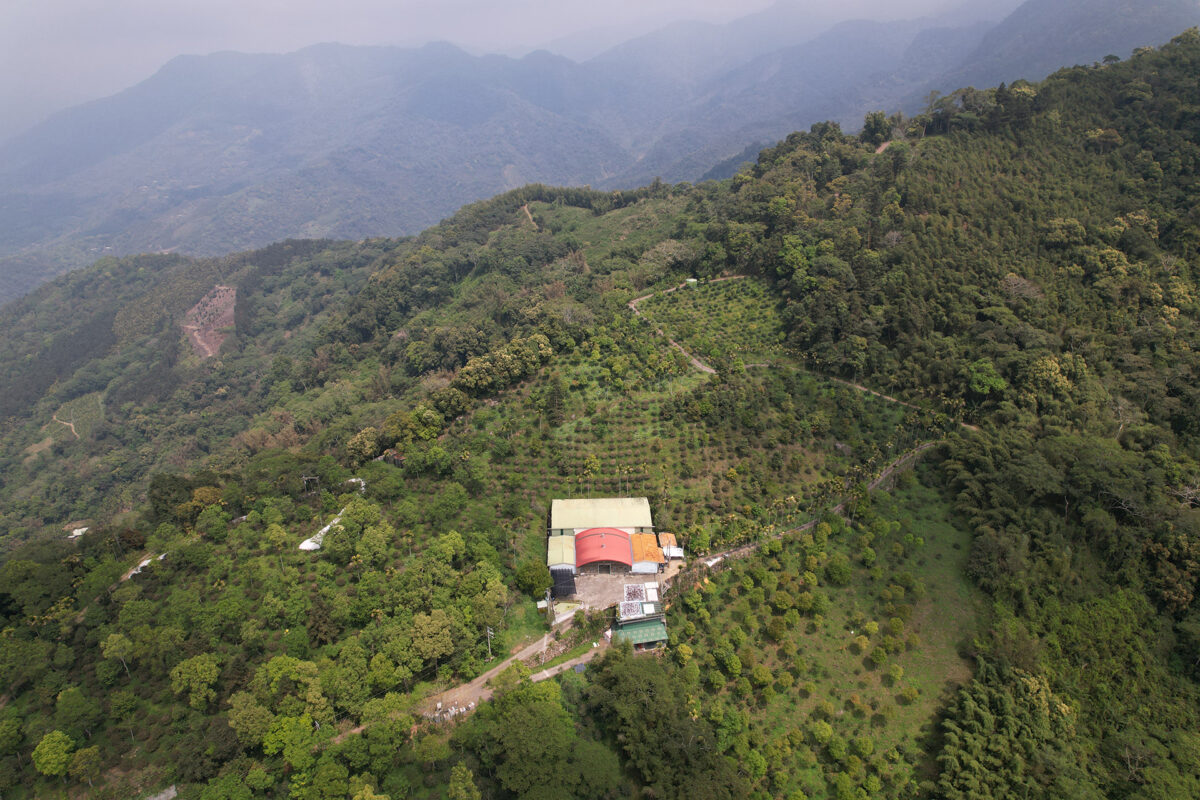
What do you think about Taiwanese coffee in terms of quality and potential?
Well, I think prioritizing coffee quality is the way to go for a sustainable Taiwanese coffee production industry. When I say quality, I don’t just mean high-quality, but exceptional quality that can compete with other coffee-producing countries. Only then can our producers survive and cover their already high production costs. It is a feasible direction because, compared to other coffee production regions, Taiwan is a relatively developed country. The majority of our producers chose to work in coffee because they had a coffee dream. These coffee producers are well educated—about 95 percent of people around my age or younger are university graduates—and their work is backed up by a strong presence of academia: scholars, institutes, or universities.
To make it more sustainable, we should follow sustainable development goals (SDGs) and environmental, social, and governance (ESG) practices. These are the ways to create a truly successful business model that can become a benchmark for other coffee origins to follow. Our coffee producers all have a dream, so why don’t we make our dreams a universal one? In the process, we will have a chance to let the world know about Taiwan’s history, heritage, and culture, so people can have a better understanding of our country.
Thank you!
Tung Nguyen is the founder of Citric Meets Malic and a Sprudge contributor based in Hanoi, Vietnam. Read more Tung Nguyen for Sprudge.
Photos courtesy of Taiwan Coffee Laboratory unless otherwise noted.





